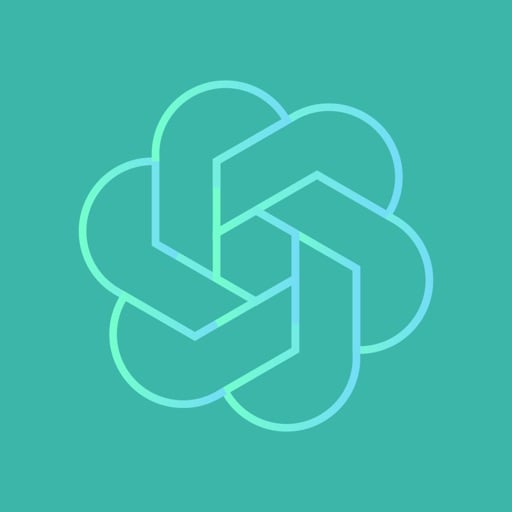

I haven’t read this series yet but it’s on my TBR. Is there some kind of actual justification for the price of these books? The combined total word count of all the books is ~350k, which is 50k words shorter than a few books I’ve recently read that cost $7-8 each. Meanwhile the entire Murderbot series costs $76 to purchase, most of them being 30k words for $12.
I’m lethargic on both getting around to reading it and not letting those hefty prices color my opinion if I were to read it, so I’m not sure if I ever will.







Yeah there’s a few ways they could be acquired. I don’t do Amazon or Kindle but they appear to be on Kindle Unlimited. They’ve also apparently been sent out for free a few times. I feel like it puts a bad taste in my mouth either way; even if I could sidestep the cost, by reading them it would still be supporting the books and therefore the gouging of others, in an indirect sense.